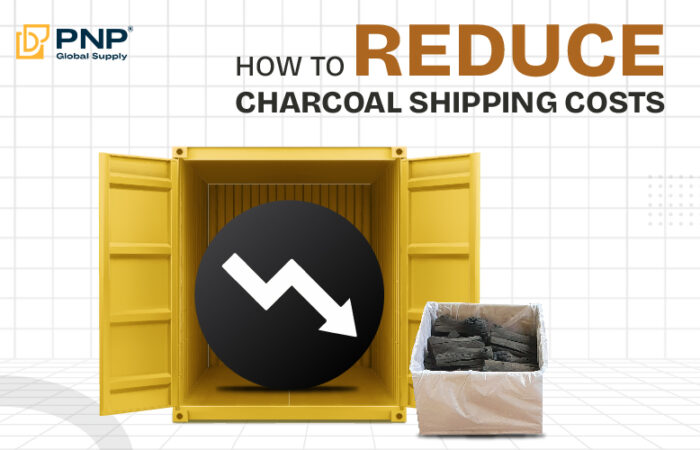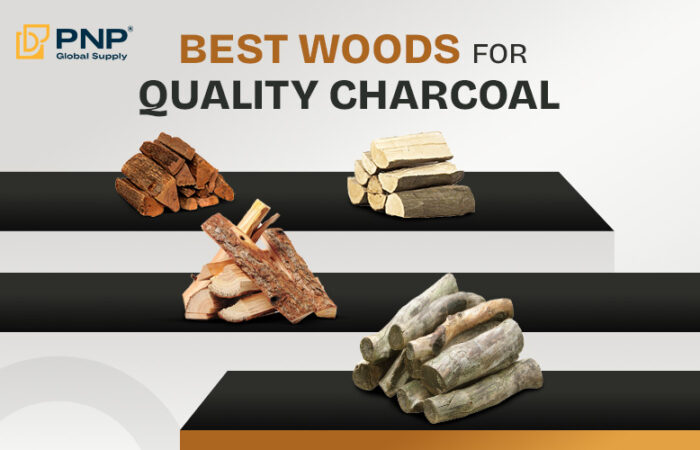Choosing high quality charcoal is the key to achieving steady heat, delicious flavor, and a safe grilling experience. Whether you enjoy weekend BBQs, operate a restaurant, or simply want reliable fuel for heating, learning how to identify excellent charcoal quality will save you money and improve your results. This guide explains practical ways to inspect charcoal visually, test it by burning, and select the right product from trusted charcoal suppliers.
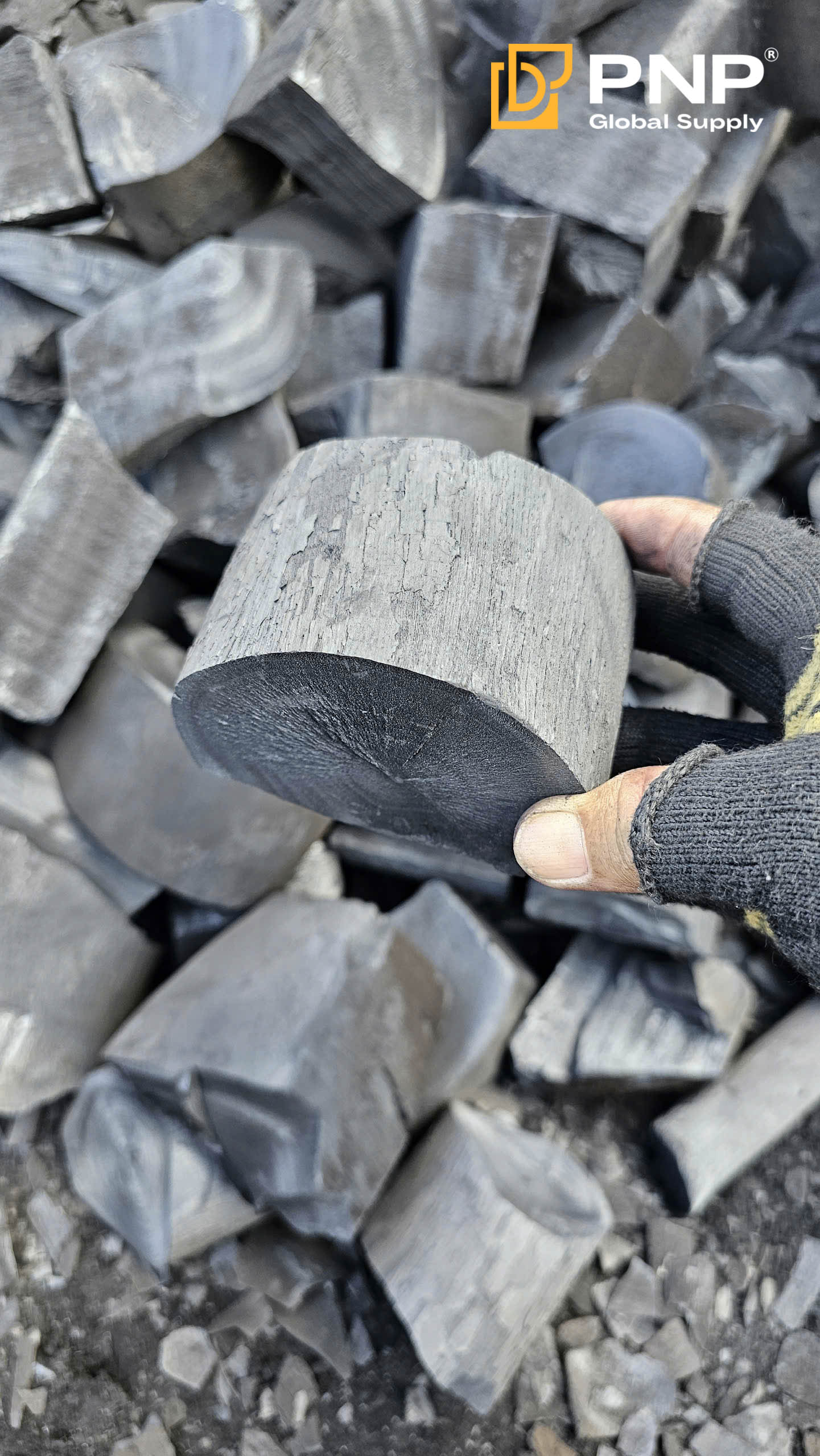
Why High Quality Charcoal Matters
Good charcoal burns hotter and longer, produces minimal smoke, and leaves only a fine layer of ash. These features mean fewer interruptions when cooking and a better taste in grilled food. Inferior charcoal often contains excess moisture or uncarbonized wood, causing it to spark, pop, or emit unpleasant odors. By mastering charcoal testing methods, even beginners can quickly tell the difference and avoid wasting time and money.
Understanding the Types of Charcoal
Before you start inspecting, it helps to know the main types of charcoal available:
- Lumpwood charcoal: Made by carbonizing natural hardwood without additives. Lumpwood charcoal is prized for its natural structure and quick lighting ability.
- Briquettes: Uniformly shaped blocks made from charcoal fines mixed with binders. They burn evenly and are convenient but may contain fillers that affect flavor.
- Hardwood or softwood blends: Some suppliers mix woods to balance burn time and heat.
Knowing these categories helps you set expectations for charcoal quality. For example, lumpwood charcoal often displays a deep black charcoal color and irregular shapes, signaling pure wood carbonization.
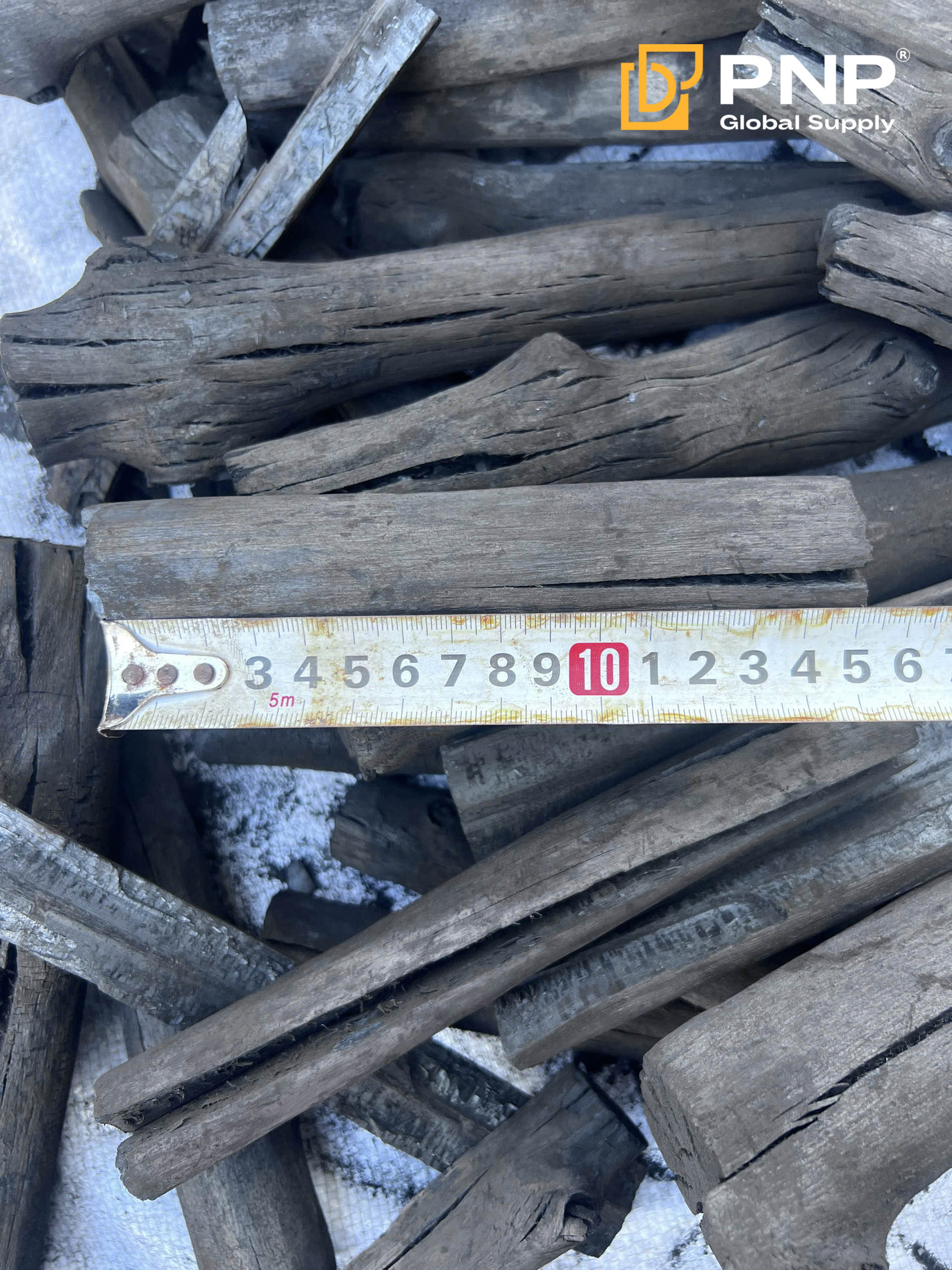
Visual Inspection: What to Look For
A simple visual check can reveal a lot about high quality charcoal.
- Color: Premium charcoal has a rich black charcoal color with a slight metallic sheen on the cut surface. Avoid pieces that look brown or have visible wood grain, as they may be only partially carbonized and will burn unevenly.
- Texture and Surface: High-grade charcoal shows a smooth surface with few cracks or loose dust. Excess dust may mean the product is brittle or poorly handled during transport.
- Shape and Size: Uniform, medium-sized pieces are easier to light and maintain consistent airflow. Large lumps are great for long grilling sessions, while very small fragments burn too quickly.
Sound and Touch Testing
A quick tap test is another reliable way to check charcoal quality. Pick up a piece and lightly strike it against another. High quality charcoal will produce a clean, metallic “clink,” which indicates low moisture and proper carbonization. If the sound is dull or muffled, the charcoal may still contain water or unburned material.
The weight of the piece is also telling. Good charcoal feels surprisingly light for its size, a sign that the wood’s volatile compounds have been fully removed during carbonization.
Charcoal Testing by Burning
The most definitive method of charcoal testing is to burn a sample. Here are the key signs to observe:
- Ash Color: When fully burned, high quality charcoal leaves fine, white ash. Dark or clumpy ash signals incomplete carbonization or impurities.
- Burn Time: Quality charcoal burns steadily for an extended period. For example, well-made lumpwood charcoal often provides a strong heat for over two hours in a home BBQ. Short burn times usually mean excess moisture or poor raw materials.
- Heat Level: Good charcoal reaches high temperatures quickly and maintains a consistent flame without excessive smoke. If it sparks or pops, it likely contains residual moisture or sap.
- Moisture Check: Minimal popping and no visible steam are positive signs. Excess moisture not only lowers heat but can also cause sudden flare-ups.
By testing a small batch in a safe outdoor area, you can confidently judge the product’s performance before using it for an important grilling session.
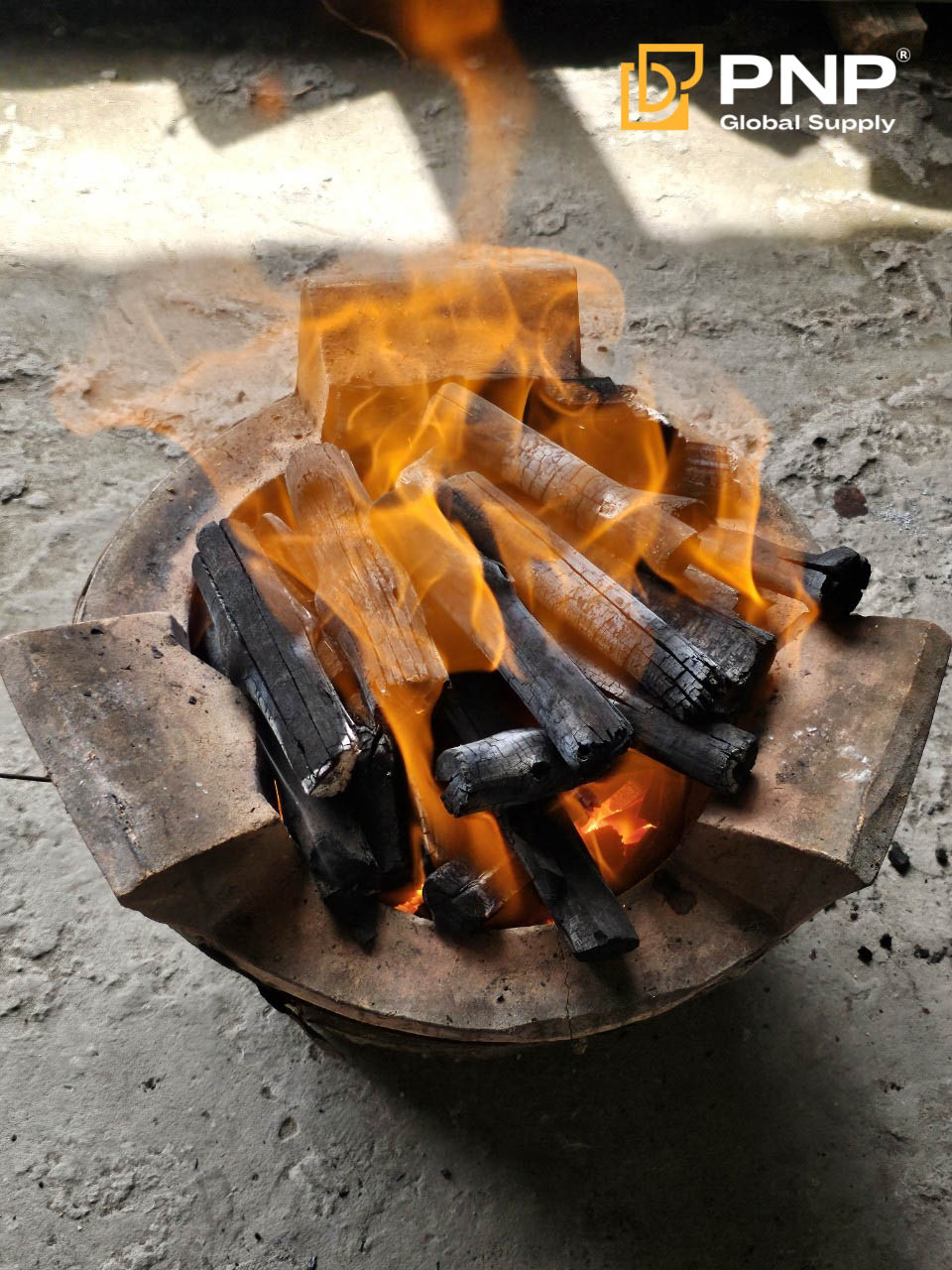
Moisture and Odor Indicators
Besides burning, simple sensory checks help confirm charcoal quality. Dry charcoal should have no musty or damp smell. Break a piece in half: it should snap cleanly with a crisp sound, not bend or splinter. Any lingering woody scent might indicate incomplete carbonization.
Tips for Buying from Charcoal Suppliers
Selecting trustworthy charcoal suppliers is just as critical as the testing process. Here are a few guidelines:
- Request specifications: Reputable sellers can provide data such as moisture content, fixed carbon percentage, and calorific value.
- Ask for samples: If you plan to order in bulk, always request a small amount first to perform your own charcoal testing.
- Check sourcing practices: Ethical suppliers often use sustainably harvested wood and transparent production methods, ensuring consistent charcoal quality.
Working with reliable charcoal suppliers guarantees that each shipment meets the same high standards, saving you from surprises when you light the grill.
PNP Charcoal provides high quality charcoal, visit pnpcharcoal for more details and ordering information.
Maintaining Charcoal Quality After Purchase
Even the best product can lose quality if stored incorrectly. Keep your high quality charcoal in a dry, ventilated place away from moisture. Reseal bags tightly after each use. Proper storage preserves the crisp texture and prevents the charcoal from absorbing humidity, which could reduce its burn efficiency.
If you want to learn how to store charcoal properly, check out our next article: Best Storage Charcoal Methods to Maintain Long-Term Quality
Conclusion
Identifying high quality charcoal is not as complicated as it seems. By observing the black charcoal color, tapping for a clean metallic sound, and performing simple charcoal testing through burning, you can confidently judge whether a batch will deliver strong heat and long burn times. Understanding the different types of charcoal, especially natural lumpwood charcoal, equips you with the knowledge to choose the right product for your grill or fireplace.
Whether you are a backyard BBQ enthusiast or a restaurant owner, mastering these techniques helps you achieve consistent results and better flavor. Partner with reputable charcoal suppliers, store your fuel correctly, and you’ll always have reliable, high-performance charcoal ready for your next cookout.
________________________________
Contact us for more information
Facebook: PNP Charcoal
Instagram: PNP Charcoal
Email: info@pnpglobalsupply.com


